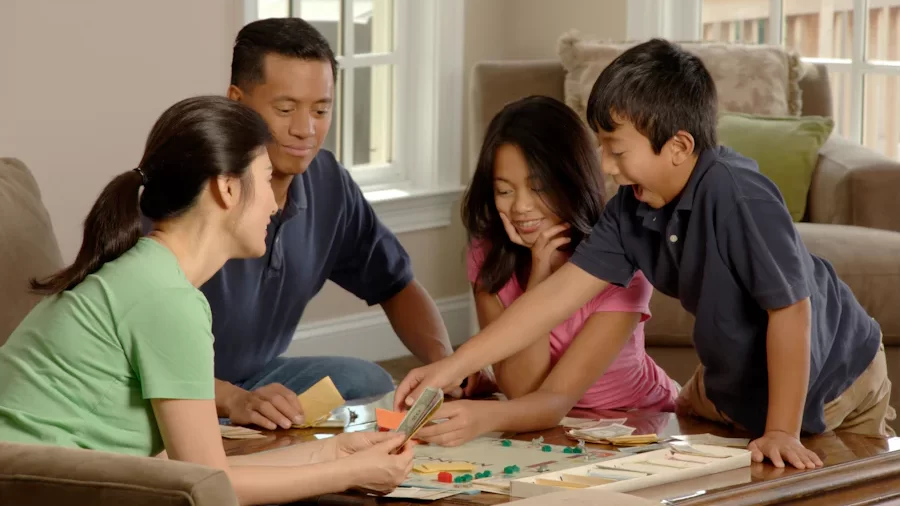Emotional regulation is a critical skill for children to learn, and as parents, you play a pivotal role in teaching them how to manage their emotions effectively. By modeling emotional regulation yourself, you can demonstrate healthy ways to cope with stress, frustration, or disappointment, thereby fostering emotional intelligence within your family.
Understanding Emotional Regulation
Emotional regulation involves the ability to manage and respond to an emotional experience in an appropriate manner. It’s a skill that allows individuals to handle their emotions, particularly during stressful situations, without becoming overwhelmed.
Beneath every behaviour, there is a feeling. And beneath each feeling is a need. And when we meet that need rather than focus on the behaviour, we begin to deal with the cause, not the symptom.
Ashleigh Warner, HOLISTIC FAMILY PSYCHOLOGIST
The Role of Parents in Modeling Emotional Regulation
Parents are the first teachers of emotional regulation. When you express your emotions healthily and constructively, your children learn to do the same. For instance, if you’re feeling frustrated with a task, verbalize your emotion and show your child how you take a moment to breathe deeply and approach the problem calmly.
Strategies for Modeling Emotional Regulation
Here are some practical ways you can model emotional regulation for your children:
- Label Your Emotions: Clearly express what you’re feeling. For example, “I’m feeling a bit anxious about this meeting, but I’m going to prepare thoroughly to feel more confident.”
- Demonstrate Problem-Solving: Talk through your emotions and how you plan to address them. “I’m disappointed that we can’t go to the park because of the rain, but let’s find a fun indoor activity instead.”
- Show Adaptability: Let your children see you adapt to unexpected situations. “I didn’t expect traffic to be so heavy, but that’s okay, we can listen to our favorite songs while we wait.”
- Practice Self-Care: Engage in activities that promote your well-being and explain their importance to your children. “I’m going for a walk to clear my head and get some fresh air.”
- Seek Support When Needed: It’s okay to ask for help, and doing so can teach your children that seeking assistance is a part of emotional regulation. “I’m feeling overwhelmed with work, so I’m going to talk to a colleague about sharing the workload.”

The Impact of Emotional Regulation on Family Dynamics
Emotional intelligence (EQ) is a powerful tool in family dynamics. It allows for better control over relationships and prevents manipulation by others’ emotions. By maintaining emotional honesty and openness, you can transform your family interactions from being a burden to a source of comfort and support.
Conclusion
Emotional regulation is not just about controlling emotions; it’s about understanding, expressing, and managing them in a way that benefits oneself and others. As a parent, your ability to regulate your own emotions sets the foundation for your children to learn and develop this essential life skill. Remember, the best way to teach is to lead by example.



